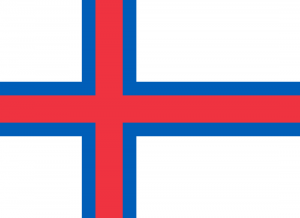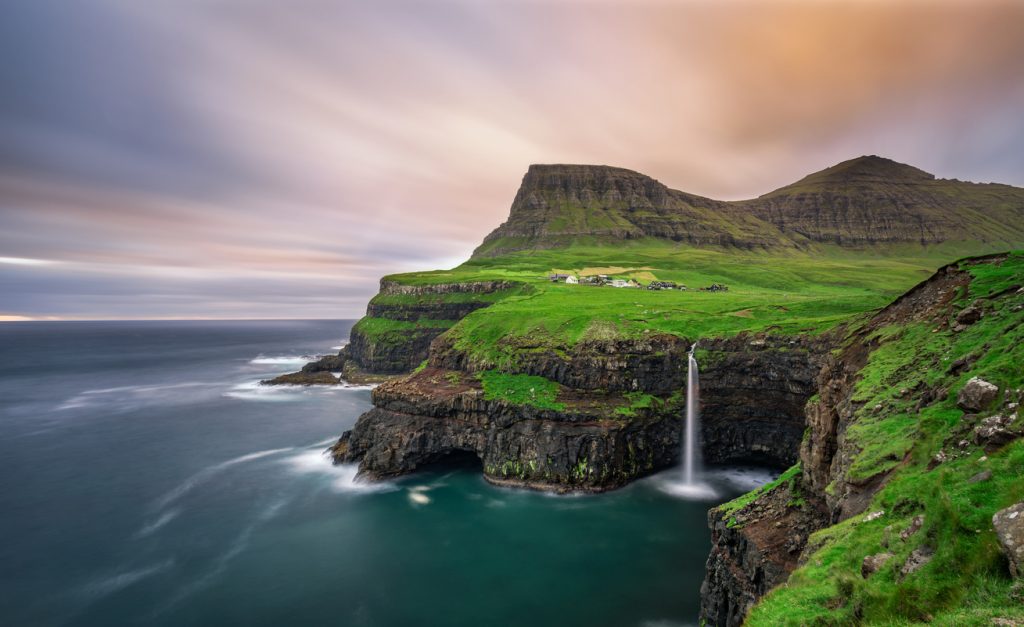Language/Faroese/Culture/Faroe-Islands-Timeline
Jump to navigation
Jump to search
Rate this lesson:
Historical Timeline for Faroe Islands - A chronology of key events
Faroe Islands Timeline[edit | edit source]
| Gorm the Old. | His date of birth is unknown, but the date of his death in 950 serves as a benchmark for the unbroken monarchical system that has ruled Denmark from the 10th century until today, even though other rulers existed before him. |
| Absalon (1128-1201). | A clergyman (bishop of Roskilde, then archbishop of Lund), statesman (regent in 1202), but also warlord: he repelled hordes of Slavs. He is also the founder of Copenhagen in 1167. |
| Saxo Grammaticus (circa 1160-1208). | Danish historian who mainly focused on recounting the great deeds of his compatriots rather than their daily or even political life. Hence this Gesta Danorum, the story of the Danes, to their glory, written in the 12th century in classical Latin and which has strongly marked the memory and the imagination of the Danes until today. His account of the revenge of Amled, prince of Jutland, inspired Shakespeare, who placed the action of his Hamlet in Helsingør (Elsinore in the French version). |
| Margrethe Ire (1353-1412). | The only woman in power during these thousand years of monarchy until the current sovereign, she achieved the Nordic Union between Denmark, Norway and Sweden. Engaged at the age of six to the King of Norway, Håkon, she quickly became a widow. Her son inherited the thrones of Norway and Denmark, but died while she was in charge. The Parliament of Skåne then awarded her the title of "Lady and Mandated Mistress, in charge of the supervision of the whole Kingdom of Denmark". Sweden and Norway did the same: she sealed their union and reigned until the plague overtook her. She died while in quarantine aboard her ship in the Flensburg Fjord. |
| Tycho Brahe (1546-1601). | A world figure of the Renaissance. This astronomer discovered the star of Cassiopeia. His work served as the basis for the discoveries of Kepler and Newton on the movement of planets. He built on the island of Hven, in the Sound of the Sound, off Copenhagen, an observatory, a mill, a printing press and a castle: Uranie, described in the novel by Christian Combaz (see "Bibliography"), and that you can visit, provided you go to Sweden. |
| Christian IV (1577-1648). | During his reign, Denmark experienced an era of artistic and cultural prosperity of unparalleled abundance. But also wars against Sweden which caused the loss of some territories in Denmark. Copenhagen keeps an important architectural trace of his reign: the Stock Exchange, Rosenborg Castle, and the Round Tower were built during his very long reign (52 years!) |
| Leonora Christina (1628-1698). | Favorite daughter of Christian IV, she had married Corfitz Ulfeldt, President of the Council of State, accused of embezzlement after the death of the king. With his wife, he fled to Sweden, then to Germany. Leonora Christina is arrested in England, then brought back to Denmark and locked up, without trial, for 22 years. She wrote her memoirs in prison: Painful memories. |
| Frederik VII (1808-1863). | The last of the Oldenburgs signed the first Constitution of modern Denmark, in 1849. It guaranteed freedom of the press, assembly and worship, compulsory education, as well as a separation of powers, with two chambers elected by universal suffrage. (without women, young people under 30 and "needy"). |
| Niels Bohr (1885-1962). | He is one of the fathers of nuclear energy. He discovered the structure of the atom. Nobel Prize in physics in 1922. His work in the United States on the fission of the atom led to the development of the atomic bomb. His son then took over at the head of an institute bearing his name. Aage Bohr in turn received the Nobel Prize in 1979. |
Source[edit | edit source]
- https://fr.wikipedia.org/
- https://www.petitfute.com/d869-iles-feroe/guide-touristique/c20179-histoire.html
World Timelines[edit source]
Videos[edit | edit source]
A brief history of the Faroese language - YouTube[edit | edit source]
"Sjúrðarkvæði" - Faroese Tale about Sjúrður Sigmundarson - YouTube[edit | edit source]


